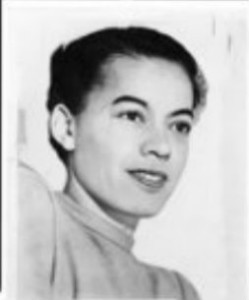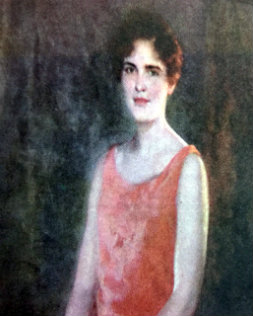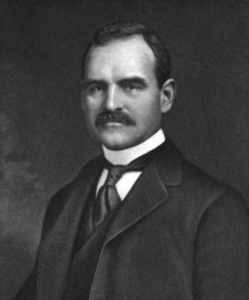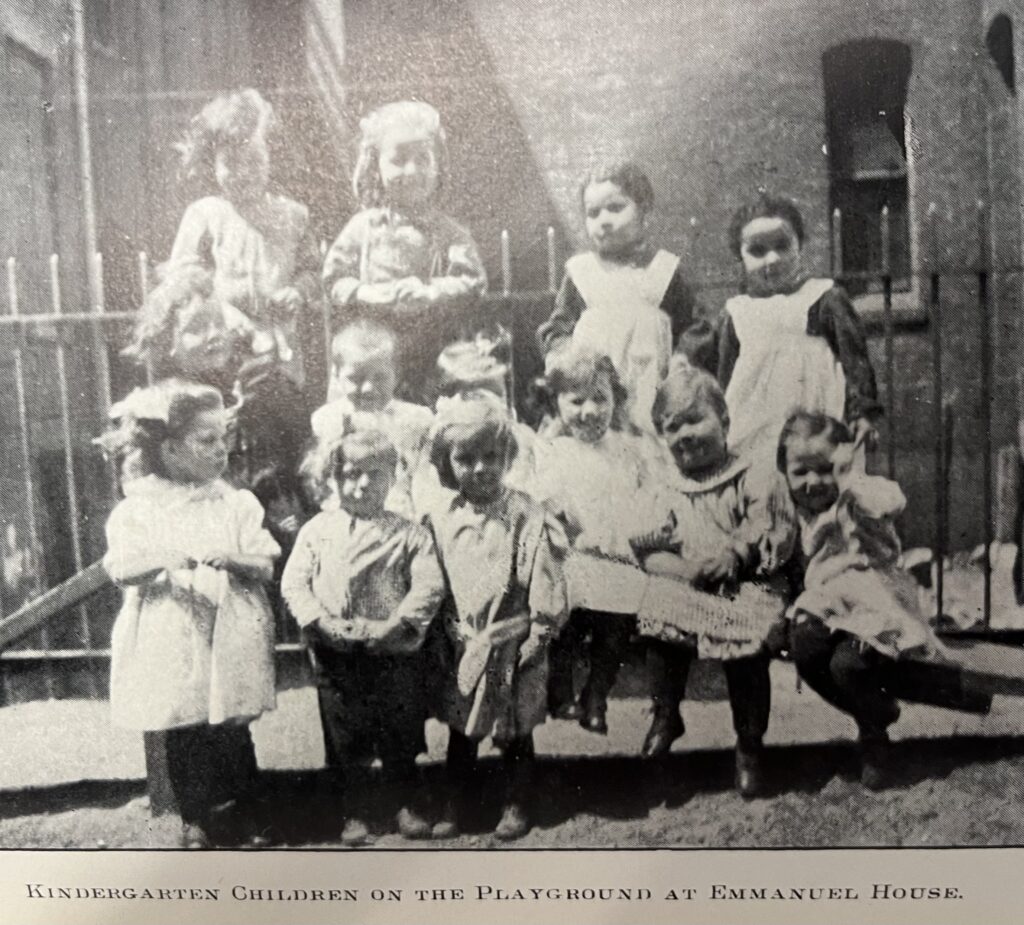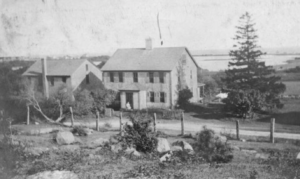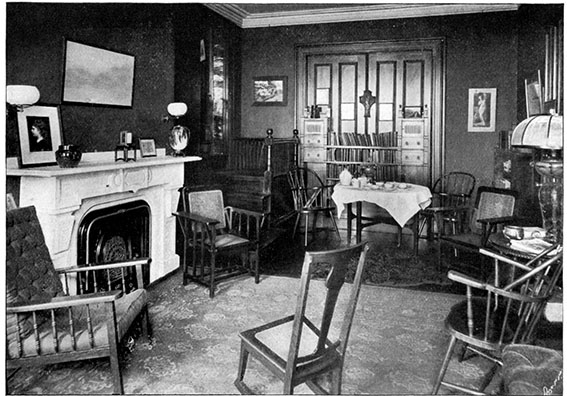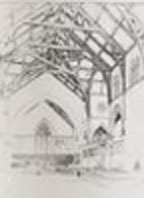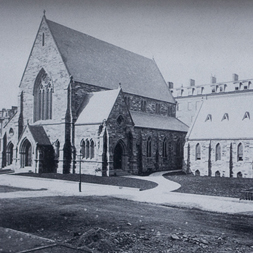1 July. The Rev. David Siegenthaler arrived to serve as curate under Rector Robert Metters. When Metters retired in 1956, he served for a year as priest in charge.
Renovations of the Parish House and Sanctuary, which had cost more that $115,000, were completed.
See also Timeline post: 2021


